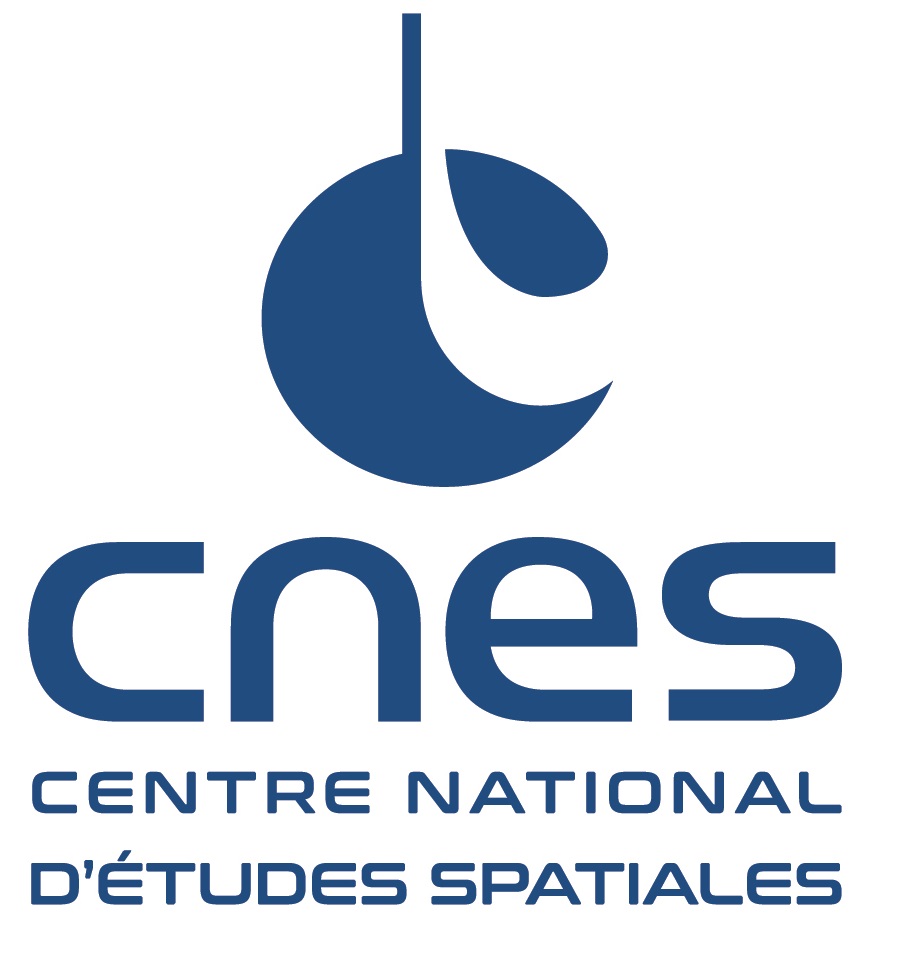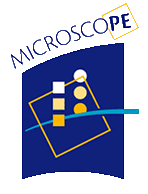 |
 |
 |
 |
MICROSCOPE
The generally admitted theory to describe gravitation is the General Theory of Relativity. It is based on the Principle of Equivalence. Einstein promoted this principle, considered as empirical since Galileo and Newton, to be the fundamental postulate of his theory.
According to this principle, the physical laws in a reference frame in free fall in a gravitational field are equivalent to the physical laws in an inertial reference frame. An elementary consequence of the principle can be stated as follows: the trajectory of a body falling in free fall (i.e. a body which is subjected to no interaction of the electromagnetic type for example) depends neither on its internal structure nor on its composition.
The main reason to test this principle comes from the fact that gravitation, the first of the known fundamental interactions, resists to the attempts of unifying it with other fundamental interactions–electromagnetic, weak nuclear and strong nuclear interactions. They are described according to a model of quantum field theory, the Standard Model of particle physics, whereas gravitation is described by a classical theory-General Relativity-which connects the geometry of space-time to the density of matter-energy it contains. The most recent theories of unification, such as string theory, thus seek to find a coherent description of gravitation and other interactions. In all cases, these theories predict the existence of a new interaction which depends on body composition. Whatever its origin, a possible new force could, if superimposed on gravitation, be highlighted by a violation of the Equivalence Principle. Testing the Equivalence Principle, and in particular the universality of free fall, implies to seek the existence and characteristics of this new interaction.
The mission's main objective is to test the Equivalence Principle (EP) with an accuracy of 10-15, i.e. a 100 times better than the accuracy of the present ground experiments performed with a torsion pendulum (*).
The result of this experiment makes it possible today to better delimit the new candidate theories of gravitation.
The Microscope mission exploits the Earth as the gravitational source for this fundamental physics space experiment. The orbital motions of two test-masses falling in the Earth gravity field and composed of two different materials are controlled to remain perfectly identical, thus guaranteeing that both test-masses undergo exactly the same gravitational field. In practice, there is a micrometric construction offset between the two masses to be tested, but it is restored to better than a tenth of a micrometer at the same time as the Eötvös parameter (parameter linked to PE).
The satellite in this space experiment provides a "cocoon" for the instrument that protects it from disruptive forces. In fact, the non-gravitational forces applied to the satellite are compensated by the use of gas-powered micro-thrusters controlled precisely and efficiently by the satellite's acceleration and attitude control system. The satellite also provides an ideal environment free from any fluctuations in the gravity gradient and disturbances due to human activity that prevail on Earth.
The possibility of very long periods of observation of the free fall mass motions in very steady conditions leads to the accumulation of measurements made over several days, which makes it possible to reduce stochastic disturbances.
The rotation of the satellite with respect to the Earth's gravity field helps also in the discrimination of the potential EP violation signal thus modulating the source of gravitation in the instrumental measurement frame. Several rotation frequencies were used in order to better characterize the experiment.
The satellite's acceleration and attitude control system, also called for simplicity drag compensation, therefore involves the gas jet microthrusters but also the measurements provided by the accelerometers and the star trackers. This technology, of an extreme precision, opens the way to other scientific missions requiring to compensate the drag and more generally to control the movement of a satellite according to its 6 degrees of freedom by compensating all the disturbing forces and torques.
The mission is organized as a series of sessions which have different objectives: to test the EP of course, but also to calibrate the instrument (i.e. to estimate certain instrumental parameters) or certain functions of the satellite, to characterize non-nominal behaviors (e.g. measurements with staggered positions of the masses), etc. The sessions have different durations and configurations and are separated by transitions that allow switching from one satellite configuration to another. The chronology of the sessions that took place during the mission and their characteristics are listed in the working scenario of the mission.
Source: CNES Website
* The study of the relative movement of the Earth and the Moon enables to get an accuracy of 7 10-14 thanks to the measurements by laser telemetry, but this experiment tests a combination of the composition effects (as Microscope) and inner energy (Nordvedt effect).

